Carpet and dog poop are two things that should never meet, yet here we are. One second your pup’s pacing across the room, the next you’re staring at a crime scene that smells suspiciously familiar.
It happens. Whether your dog had an upset stomach, couldn’t hold it, or decided the living room looked like a fine spot for business, you can still save your carpet. Fast action and a few smart tricks make all the difference.
This guide breaks down exactly how to get dog poop out of carpet, lift stains that refuse to fade, and remove the smell that keeps haunting the room long after the mess is gone.
Remove the Poop Without Making It Worse
Before you even think about cleaning, start by containing the chaos. The goal right now is to get the poop off the carpet without pushing it deeper into the fibers.
Tools you’ll need: gloves, paper towels, a plastic bag or dustpan, and something sturdy to scoop with.
If the poop is solid, lift it carefully in one motion and get it straight into your container. If it’s soft, use paper towels to gently lift what you can. Skip the rubbing and pressing, you’ll only spread it deeper.
Once most of it’s gone, blot the area with a clean, dry towel to soak up extra moisture. You’re not trying to disinfect yet. You’re setting the stage for an easier cleanup.
How to Get Dog Poop Stains Out of Carpet
You’ve dealt with the worst part (the poop’s gone) but the stain’s still staring at you. Carpets love to hold onto whatever touches them, and dog poop leaves behind proteins and oils that sink deep into the fibers. The trick is lifting it out before it bonds for good.
Step 1: Choose the Right Cleaner
Start mild and build up if needed. For a DIY option, mix:
- 1 tablespoon of dish soap
- 2 cups of warm water
- 1 tablespoon of white vinegar
This combo breaks down organic residue while cutting through grease and odor. Test it on a hidden corner first to make sure your carpet doesn’t fade.
If you prefer store-bought solutions, enzymatic cleaners are your best bet. They use live bacteria to digest the organic matter causing the stain. Unlike regular cleaners, they don’t just mask the problem, they actually neutralize it.
Step 2: Blot Like a Pro
Apply the cleaner using a clean cloth or sponge, then blot. Never rub or scrub. When you rub, you push the mess deeper into the fibers and risk spreading it outward.
Work from the outer edges of the stain toward the center, rotating to a clean section of cloth each time. You’ll literally see the brown tint lift as you go.
Step 3: Rinse and Repeat
Once the stain starts fading, dab the area with plain water to rinse out the cleaning solution. Then blot again with a dry towel. If you still see discoloration after it dries, repeat the process. Some stains take two or three rounds, especially if they’ve been sitting a while.
If you’re dealing with light-colored carpet and the stain has fully set, an oxygen-based carpet cleaner (look for “Oxi” or “peroxide” formulas) can give it the final push.
Step 4: Finish Strong
Let the carpet air dry fully. No hair dryers or heaters. Once it’s dry, vacuum the spot to fluff the fibers back up and remove any residue. That final pass makes it blend back in with the rest of the carpet.
Pro tip: Even if you can’t see the stain anymore, bacteria can still linger underneath. A quick once-over with an enzyme spray after everything dries ensures the spot’s actually clean, not temporarily invisible.
How to Get Dog Poop Smell Out of Carpet
The stain might be gone, but the smell still tells on you. That sour, earthy, slightly sweet scent (you know the one) can linger for days, especially if the mess soaked through the carpet pad. The goal now is to eliminate the odor at the source. Cover it with air freshener won’t cut it.
Step 1: Understand Why the Smell Sticks Around
Dog poop odor comes from bacteria and leftover organic matter trapped between carpet fibers. Even a tiny bit left behind keeps releasing gases as it breaks down. That’s why your carpet smells clean at first, then funky again a few hours later.
Step 2: Bring Out the Enzyme Cleaner
This is where enzymatic cleaners earn their price tag. They contain live enzymes that literally eat away at the odor-causing bacteria. Spray the area generously and let it sit for at least 15 minutes (longer for older accidents).
Avoid wiping it up too soon, the enzymes need time to work. Once the area feels slightly damp, blot it dry with a clean towel and let it air out.
Step 3: Neutralize Any Lingering Smell
If you still catch a whiff after the enzyme treatment, move to a natural deodorizer.
- Sprinkle baking soda evenly over the spot.
- Let it sit overnight to absorb leftover moisture and odor.
- Vacuum it up in the morning.
Baking soda won’t hurt your carpet and adds an extra layer of freshness.
If you want a light scent, mix a few drops of pet-safe essential oil (like lavender or lemon) into the baking soda before sprinkling.
Step 4: Deep Clean (Optional but Worth It)
For stubborn smells, a steam cleaner can be a game-changer. The hot water breaks down residue while lifting odors from deeper layers of the carpet. If you don’t own one, most grocery stores rent them for cheap and it’s a small price for peace of mind.
Step 5: Air It Out
Even after everything’s clean, keep the room ventilated for a few hours. Open windows, turn on fans, or run an air purifier. Stale air traps smells, and a quick airflow reset helps your carpet dry faster too.
Pro tip: If your dog keeps targeting the same area, it might still smell like a bathroom to them. Enzyme cleaners remove that scent marker completely so your dog won’t think it’s “their spot” again.
What If the Poop Dried Before You Noticed?
It happens. You walk into the room hours (or days) later and find the evidence already crusted over like ancient art. Dried poop is tougher to deal with, but you can still save your carpet if you loosen it up before cleaning.
Step 1: Rehydrate the Area
Start by softening the mess. Dampen a few paper towels with warm water and lay them over the spot for 10–15 minutes. You want the poop to rehydrate enough to lift, but not so much that it spreads or sinks deeper.
Once it softens, use gloves and a spoon or dull scraper to gently remove what you can. Scoop slowly. Rushing here can smear the mess further into the fibers.
Step 2: Treat It Like a Fresh Stain
After the solids are gone, it’s back to basics: your cleaning solution or enzyme spray. Apply it generously, let it sit, and blot the area like in the earlier steps.
You’ll likely need a couple of rounds to fully remove old discoloration. Dried messes cling harder to carpet fibers, so patience matters more than scrubbing.
Step 3: Eliminate Any Lingering Odor
Once the area’s clean, sprinkle baking soda on top, leave it overnight, then vacuum in the morning. If the smell’s still faintly there, another enzyme treatment will take care of it.
Pro tip: A handheld carpet or upholstery cleaner can save you serious effort for future “surprises.” It’s worth having around if your dog has a sensitive stomach or you’re in potty-training mode.
How to Prevent Repeat Offenses (and Carpet Damage)
Once your carpet is clean and fresh again, you’ll want to keep it that way. Dogs are creatures of habit, and if your pup used the carpet once, they might see it as fair game again unless you break the pattern.
Re-train the Routine
Accidents often mean your dog’s schedule is off. Try setting a consistent feeding and bathroom routine. Take them out first thing in the morning, after meals, and before bed. Consistency builds the cue that outdoors equals bathroom time.
If your dog tends to sneak back to the same indoor spot, spend a few days reinforcing the backyard routine. Go out with them, guide them to one area, and reward them every time they go there. Over time, they’ll associate that specific spot with “bathroom zone,” not your carpet.
Use Barriers for Repeat Zones
If your dog keeps targeting the same area, place a washable rug or a training pad there while retraining. It protects the carpet and makes future cleanups much easier. You can also use deterrent sprays that make the area smell “off” to dogs but fine to humans.
Keep an Eye on Health Triggers
If accidents are new or frequent, it might be a digestive issue. A quick vet check can rule out diet problems or stress. Sometimes a simple food swap fixes everything.
Frequent accidents can also be linked to common dog health issues or diet changes, so switching your dog’s food safely can sometimes make a big difference.
Use Poopail for Outdoor Cleanups
Once your dog starts going in the backyard regularly, use Poopail to keep the area clean. It’s designed for outdoor use, with a scooper that works on grass, dirt, or pavement, and a sealed bin that locks in odor until you empty it.
It keeps your space sanitary, prevents lingering smells, and makes outdoor cleanups one less thing to worry about.
Conclusion
Every dog parent had that moment: hands full of paper towels, trying not to gag. But even the worst carpet disaster can be fixed. A few smart steps, the right cleaner, and a calm head get the job done fast.
Once your carpet’s back to normal, make cleanup easier for next time. Keep your routine steady and your tools ready.
Deal with it, clean it, move on. That’s the win.

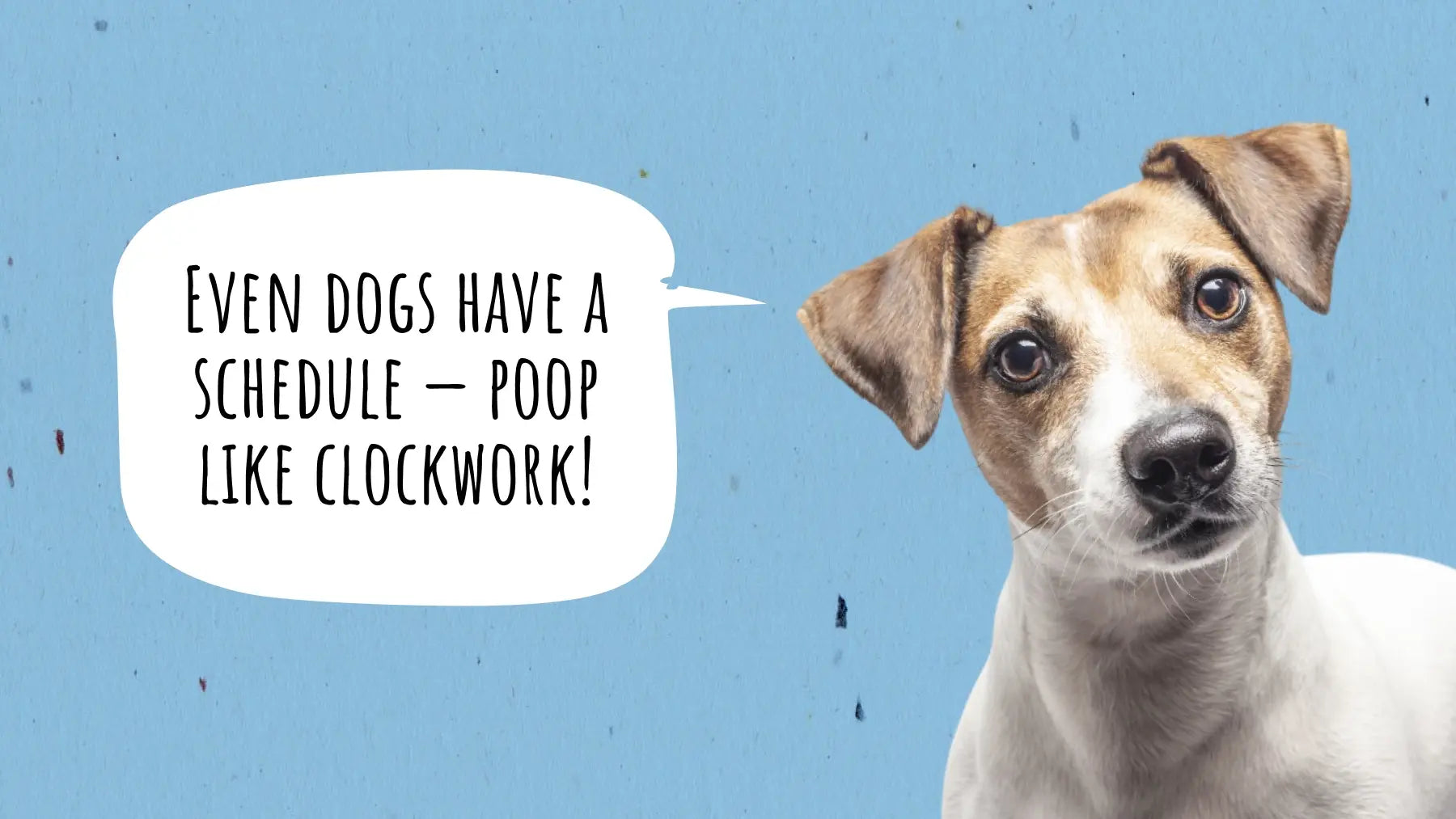
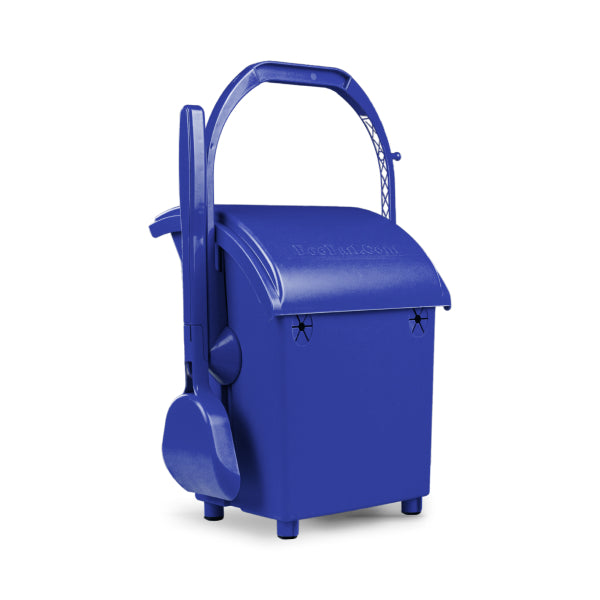
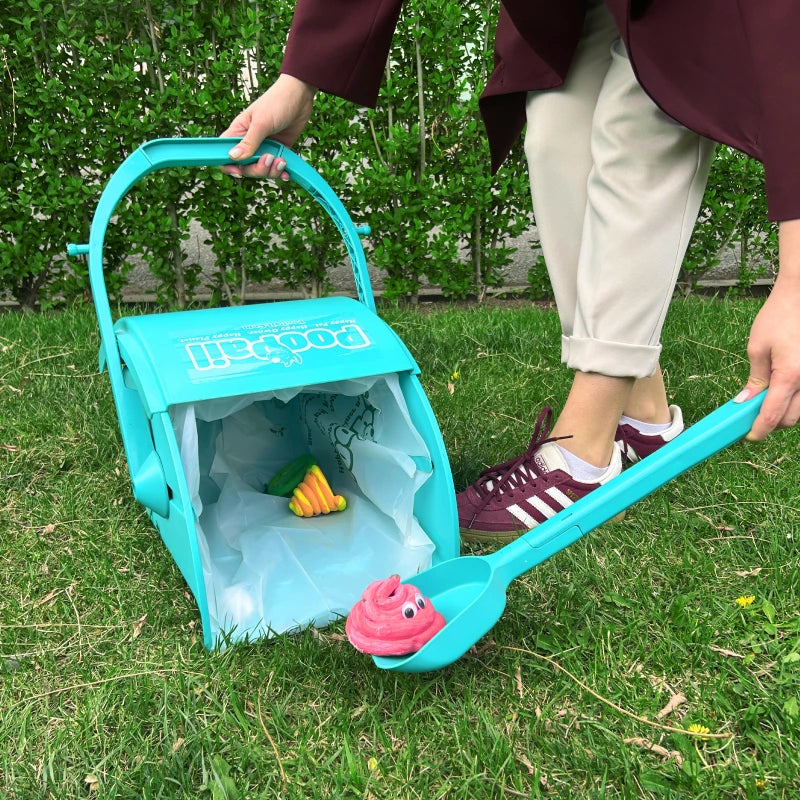
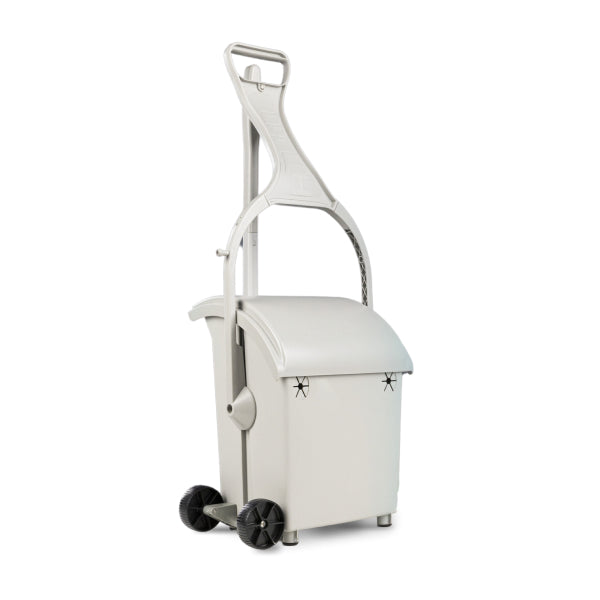
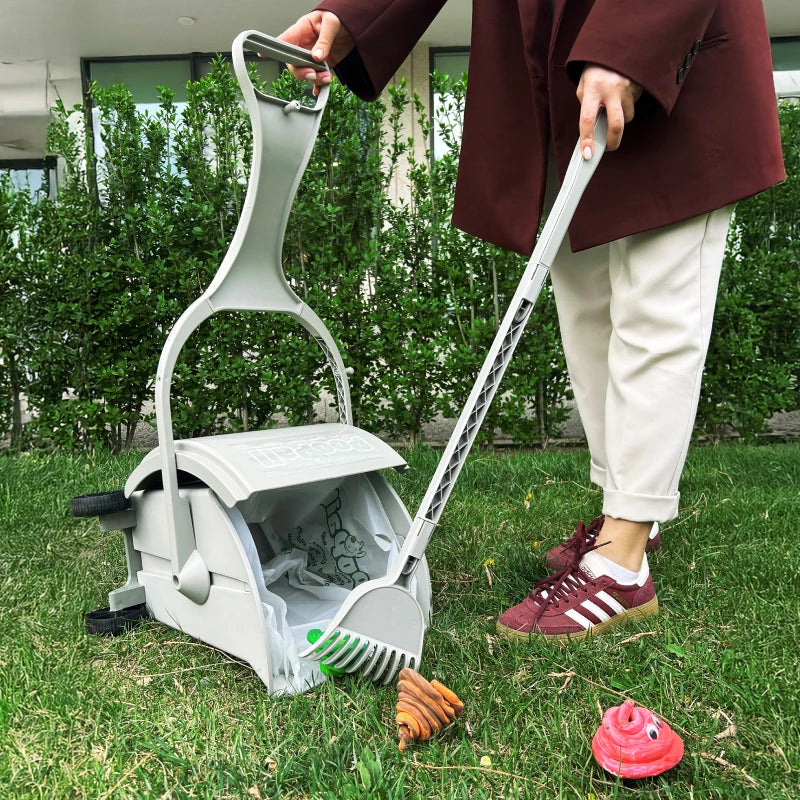
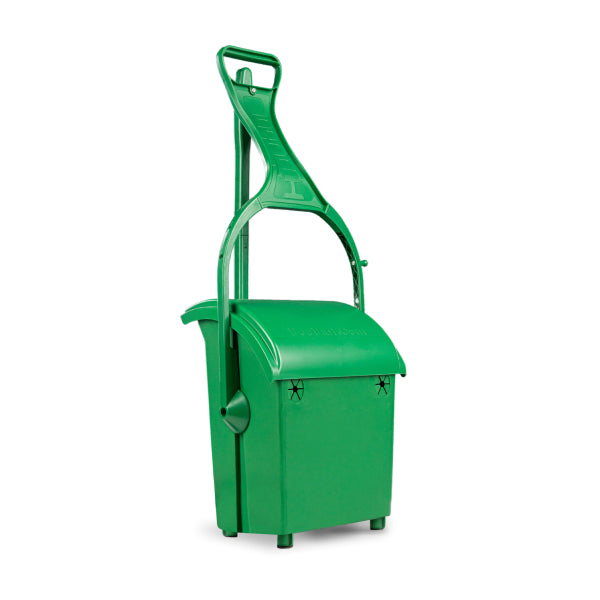
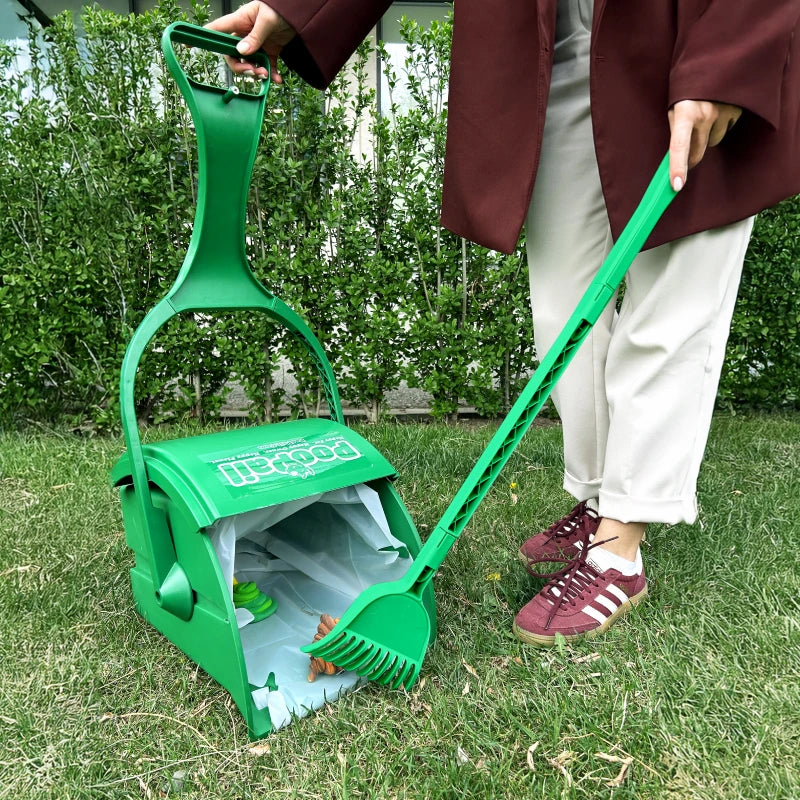
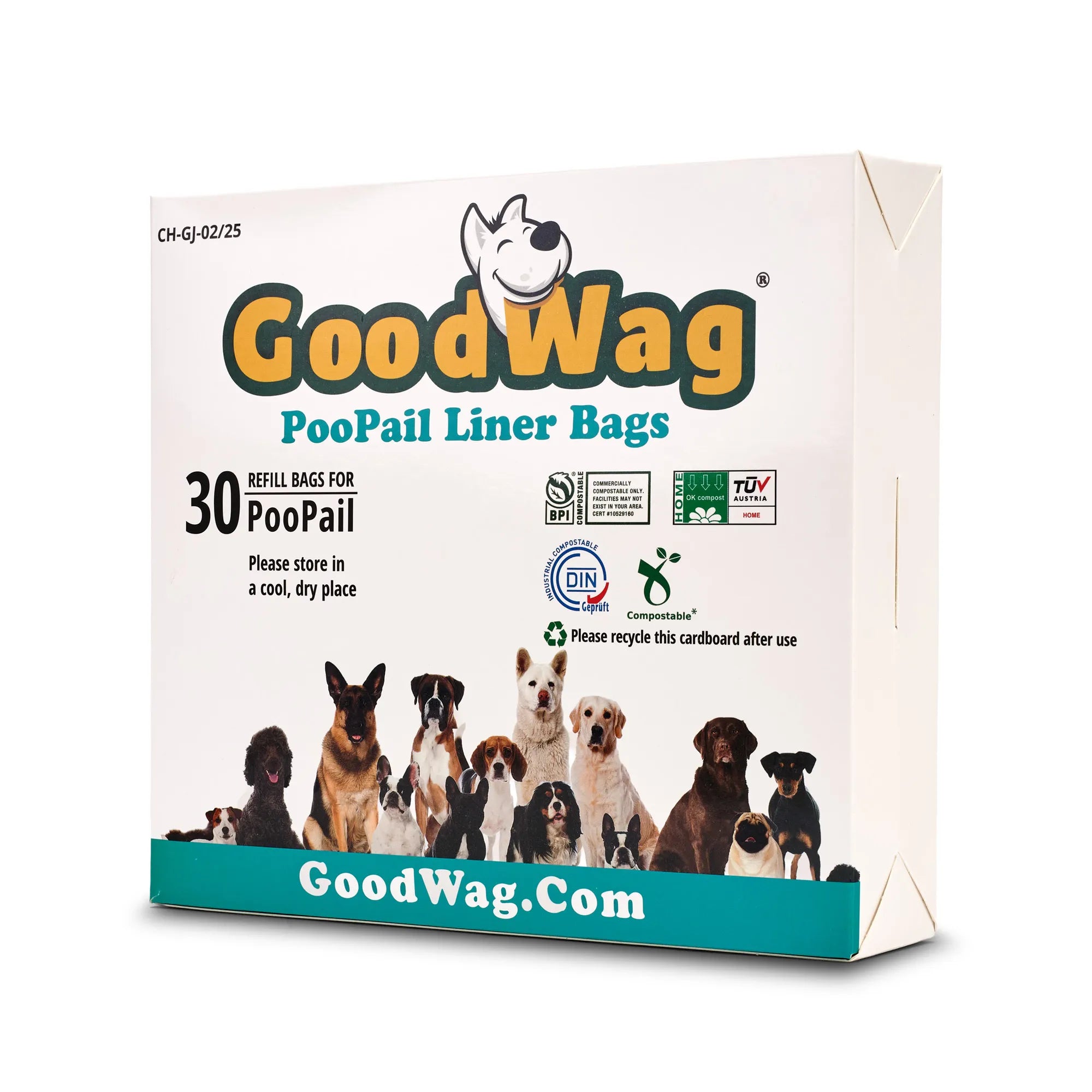
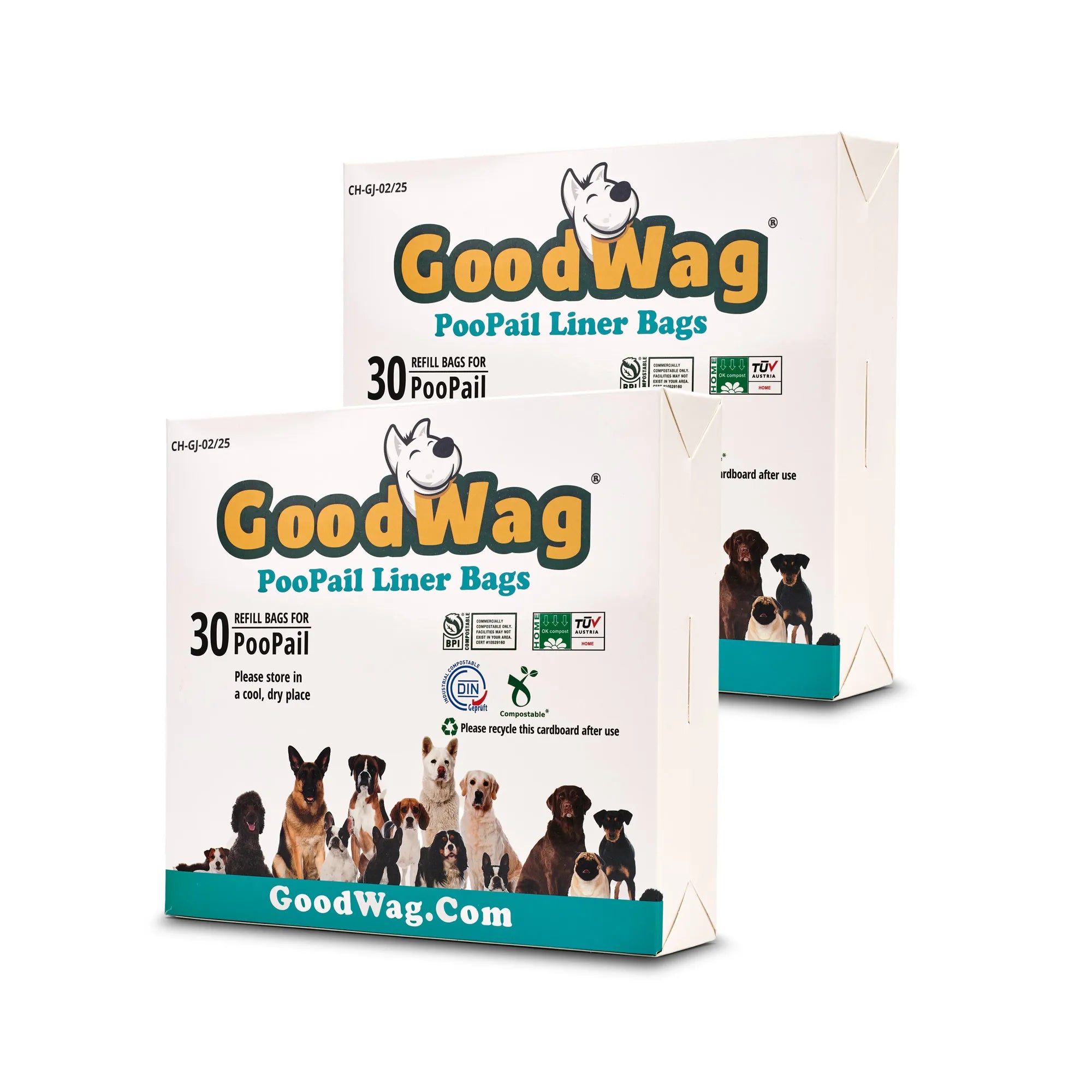
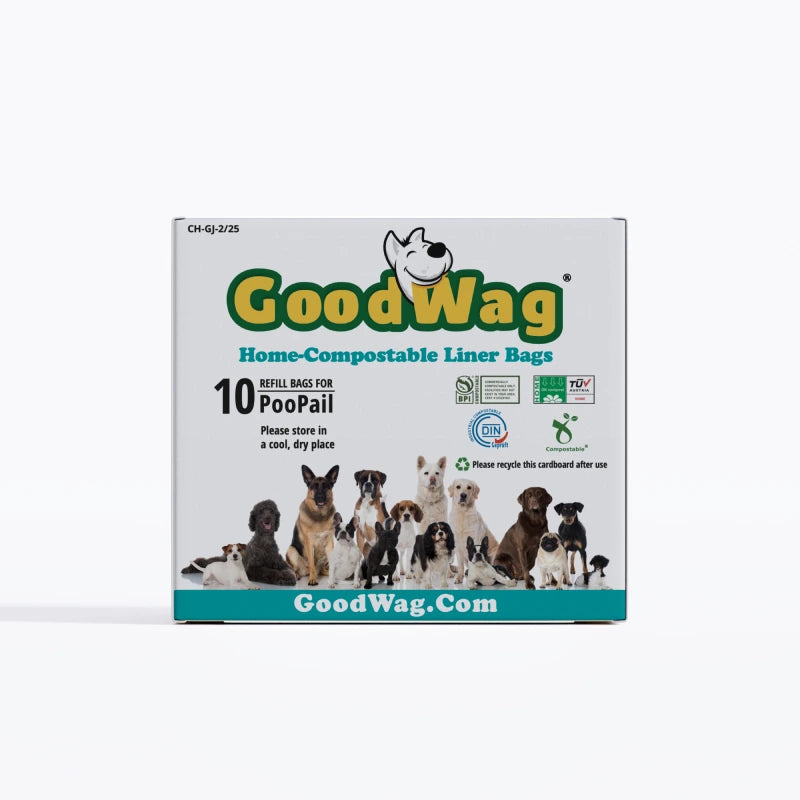
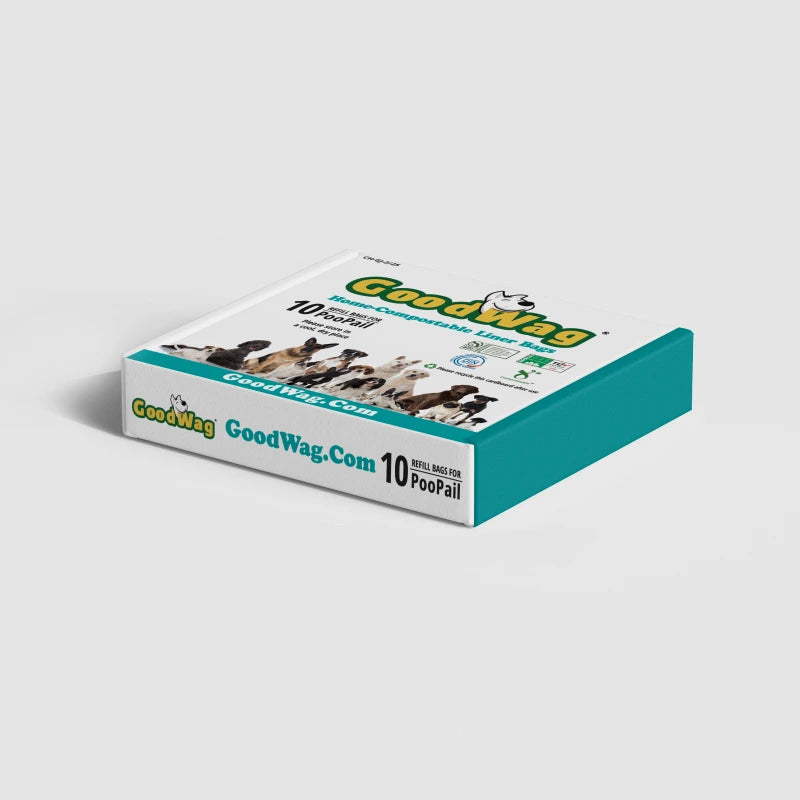
Leave a comment
This site is protected by hCaptcha and the hCaptcha Privacy Policy and Terms of Service apply.